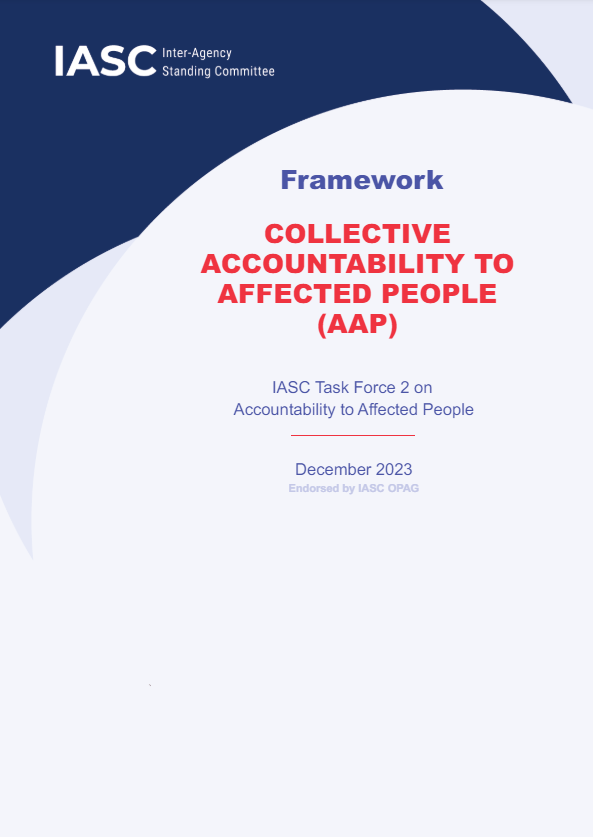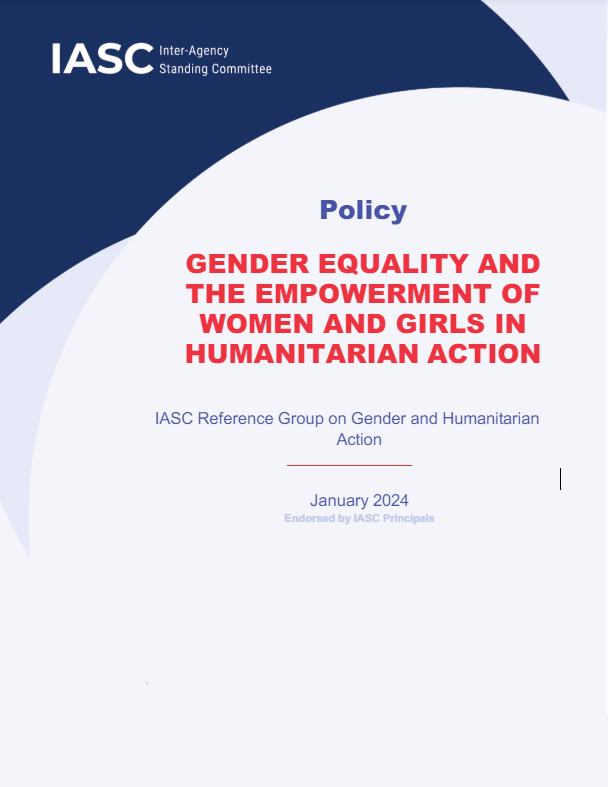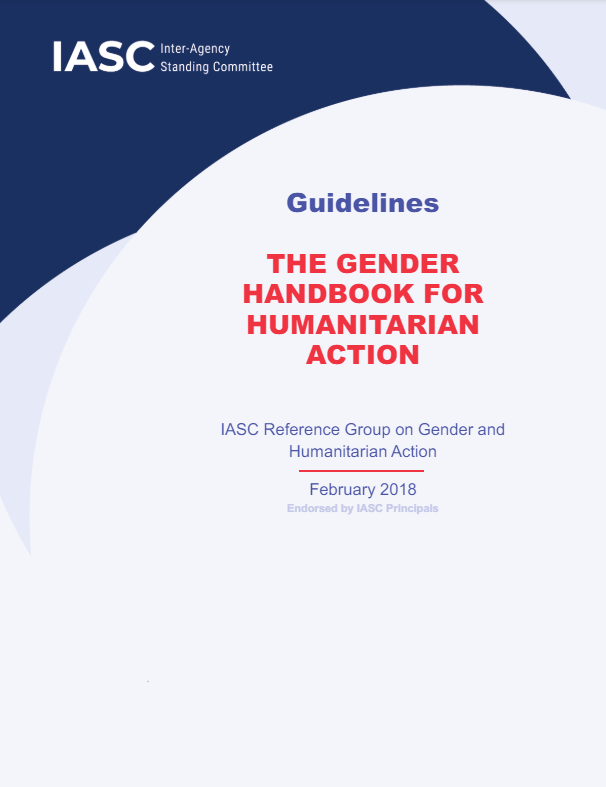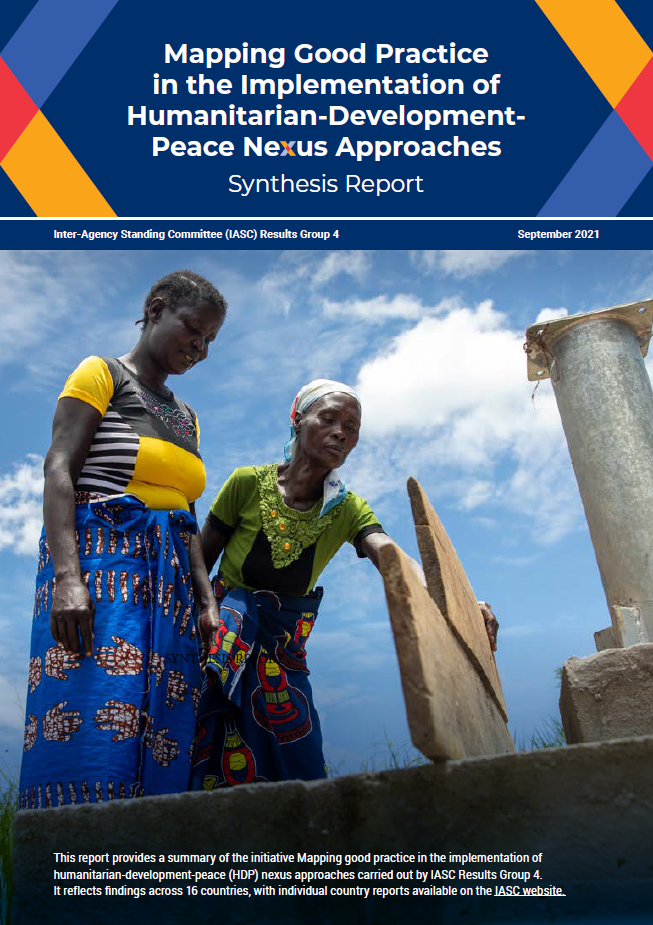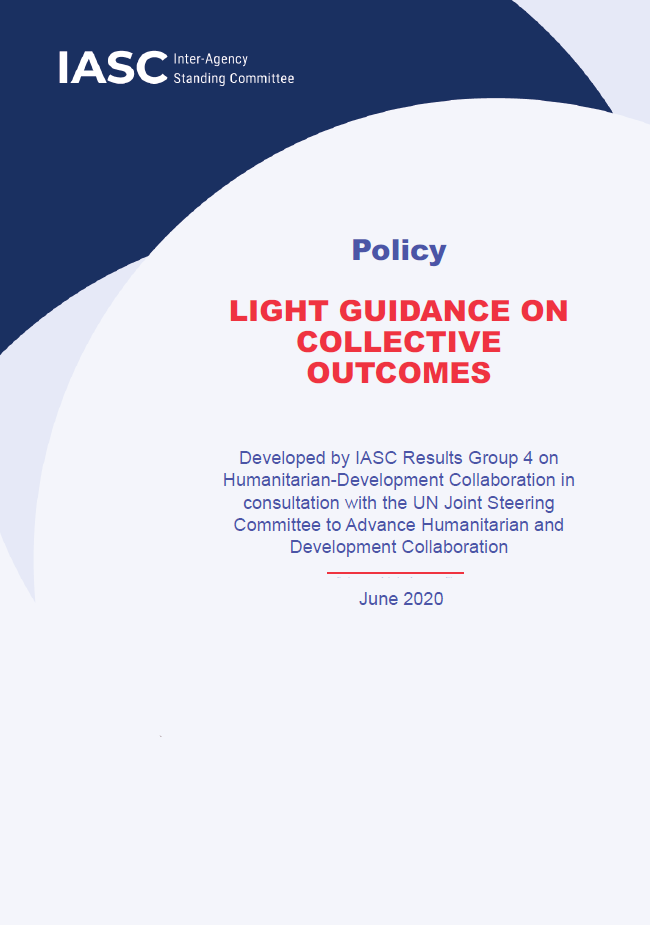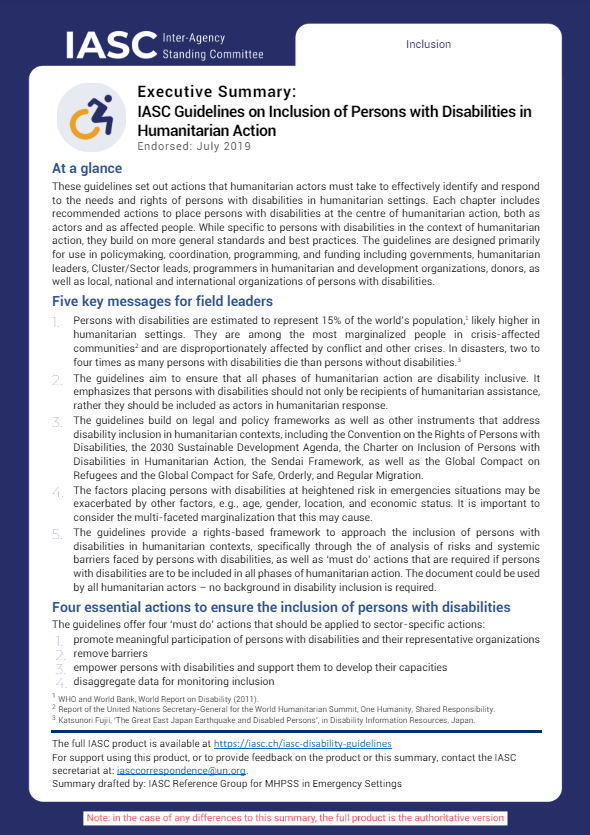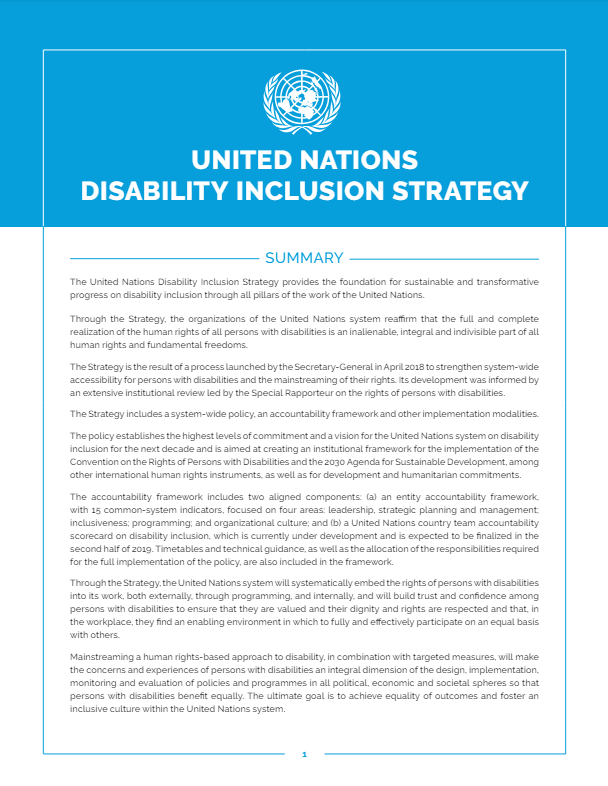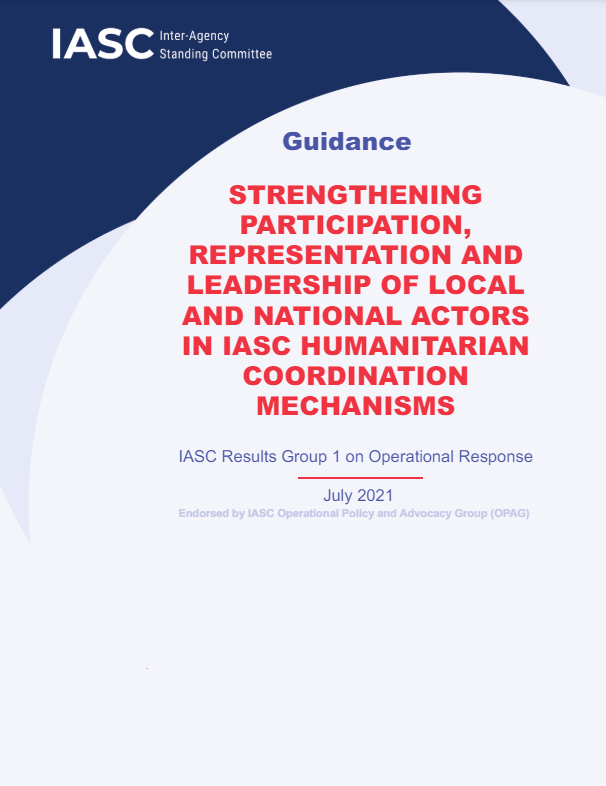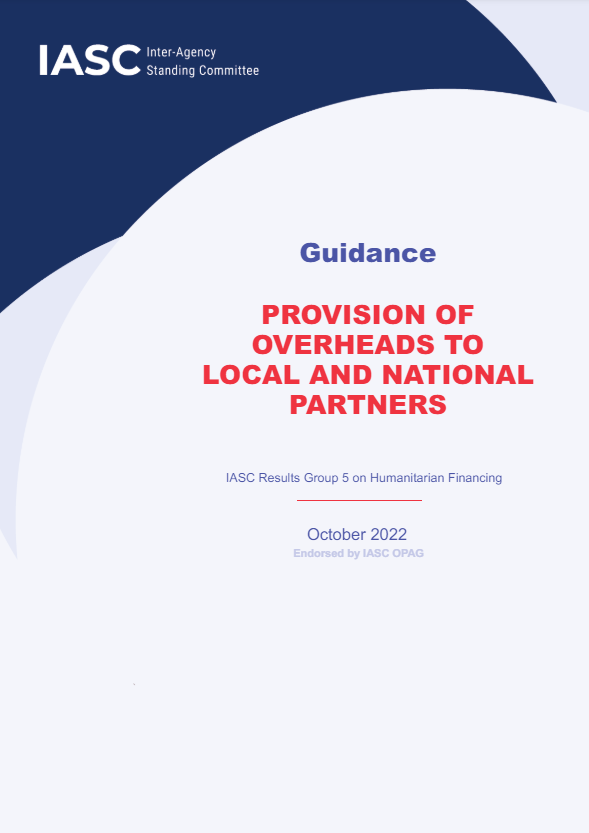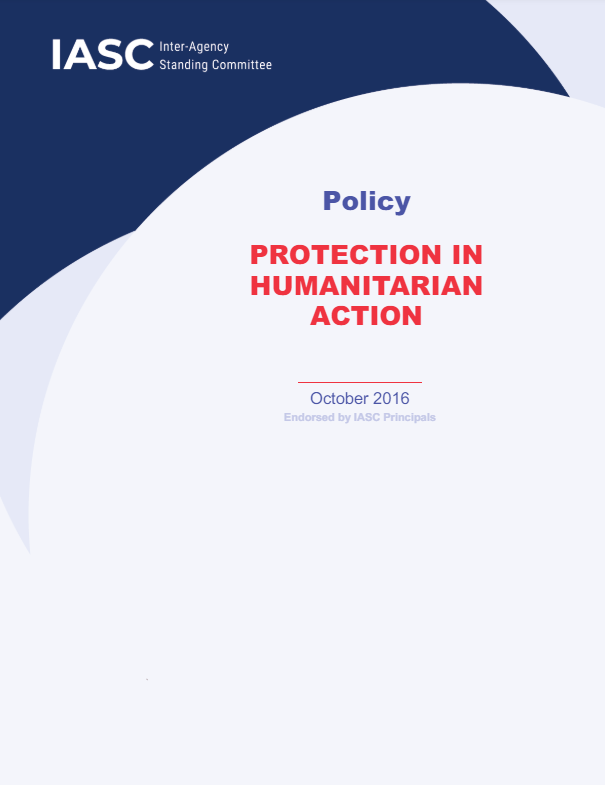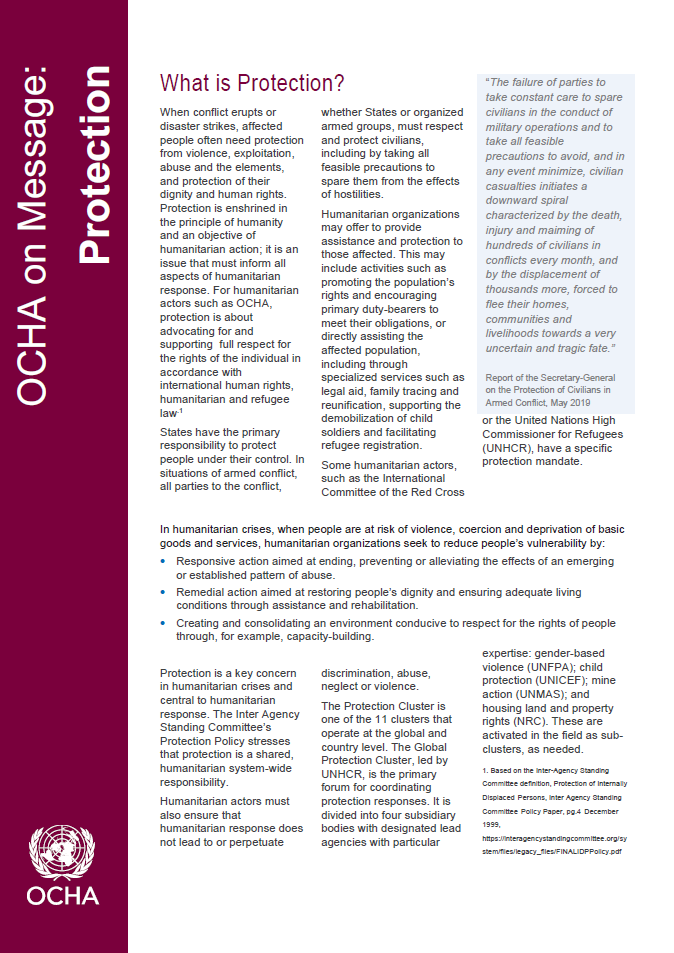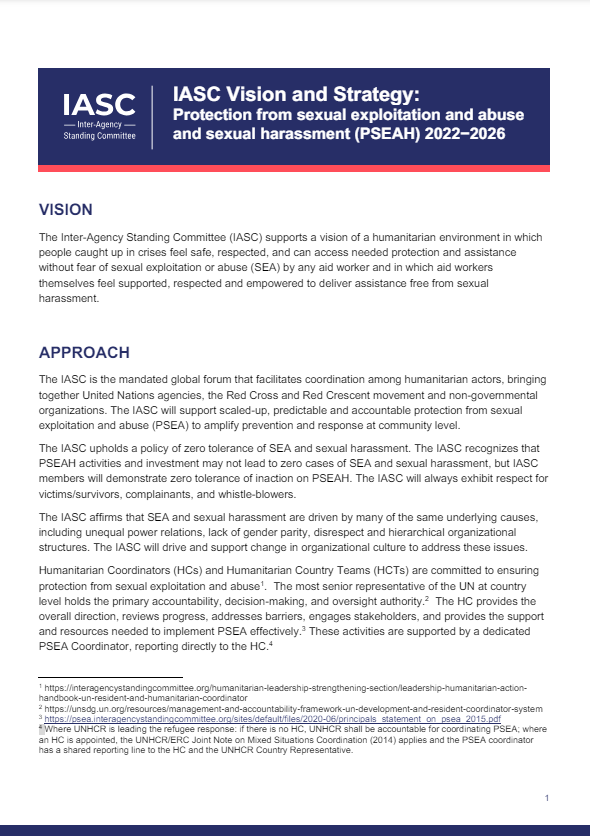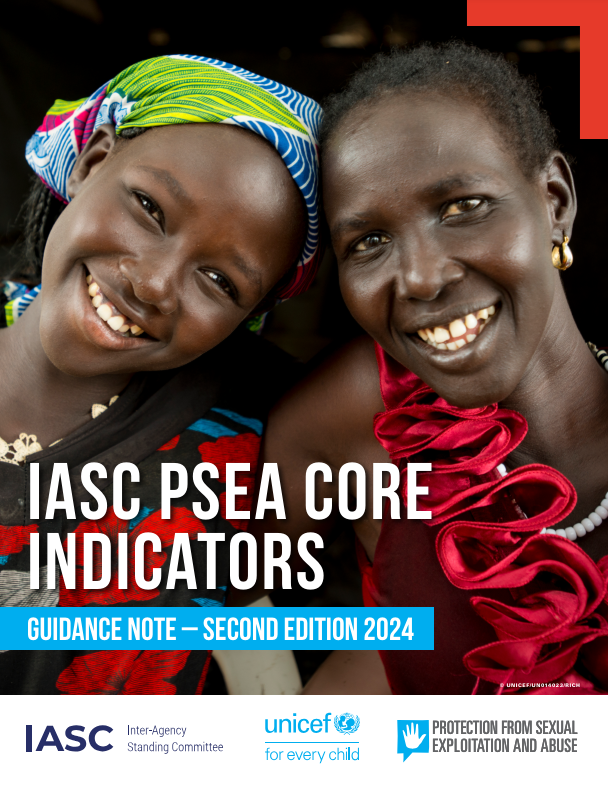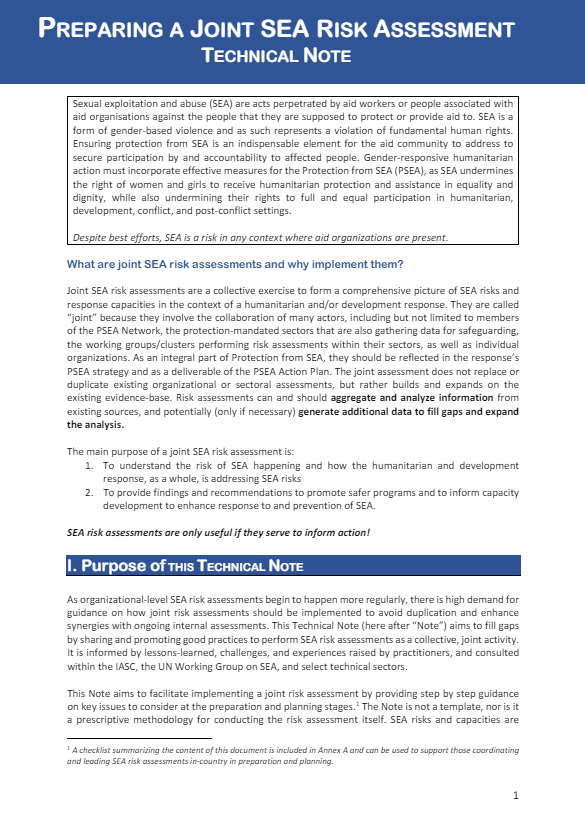Key Resources for Thematic Issues
Humanitarian crises rarely affect everyone equally. A number of thematic issues that transcend specific sectors must therefore be taken into consideration throughout all stages of the Humanitarian Programme Cycle to ensure quality and inclusive programming and response.
This page is intended to share key must-read resources on these thematic issues, which are linked below under each thematic section.
A longer list of key resources is available here:
Accountability to Affected People (AAP)
Accountability to Affected People is a commitment by humanitarians to use power responsibly: to take account of, give account to, and be held to account by the people we seek to assist. In humanitarian action, this includes enabling affected people to meet their different needs, address their vulnerabilities, build on pre-existing capacities and drive programme adaptation through:
- Systematically sharing timely, relevant and actionable information with communities;
- Supporting the meaningful participation and leadership of affected people in decision-making, regardless of sex, age, disability status and other diversities;
- Ensuring community feedback systems are in place to enable affected people to assess and comment on the performance of humanitarian action, including on sensitive matters such as sexual exploitation and abuse, fraud, corruption and racism and discrimination.
If you have questions on this subject or the below resources, please email ocha.accountability@un.org. Further IASC resources on AAP can be found here. You may also find useful guidance and tools on the Accountability & Inclusion Portal.
Gender
Humanitarian emergencies can have devastating and differential consequences on individuals and communities due to factors such as gender, age, disability, ethnicity, and sexual identity and orientation. Women, persons with disabilities, indigenous persons, persons with diverse gender identity and sexual orientation and identifying as LGBTI (Lesbian, Gay, Bisexual, Transgender, and Intersex), older persons, and adolescent girls – often have additional specific and intersecting vulnerabilities and protection concerns that are further compounded by their sex and gender.
In times of crisis, pre-existing gender inequality can be exacerbated, leading to discrimination, exploitation, and impacting an individual’s access to humanitarian, recovery and development assistance, and their access to human rights. Women and girls have historically been disproportionately affected by crises in comparison to their male counterparts, including reduced life expectancies, maternal mortality, and gender-based violence. Understanding gender dimensions is critical for effective and equitable humanitarian assistance.
Humanitarian-Development and Peace Collaboration
Humanitarian needs are rapidly rising due to protracted crises, the emergence of new conflicts and the growing global climate crisis. Humanitarians are mandated to alleviate human suffering and to meet humanitarian needs, as well as to advocate for and steer development action that addresses underlying drivers of need, risk and vulnerability, and builds resilience. In particular, there is growing urgency for development action in fragile settings that continues and strengthens the provision of basic social services in protracted crises. Humanitarian-Development and Peace collaboration aims to foster partnerships with development and peacebuilding actors to advocate for increased and strengthened development action in those fragile and protracted settings.
Further IASC resources on humanitarian-development and peace collaboration can be found here.
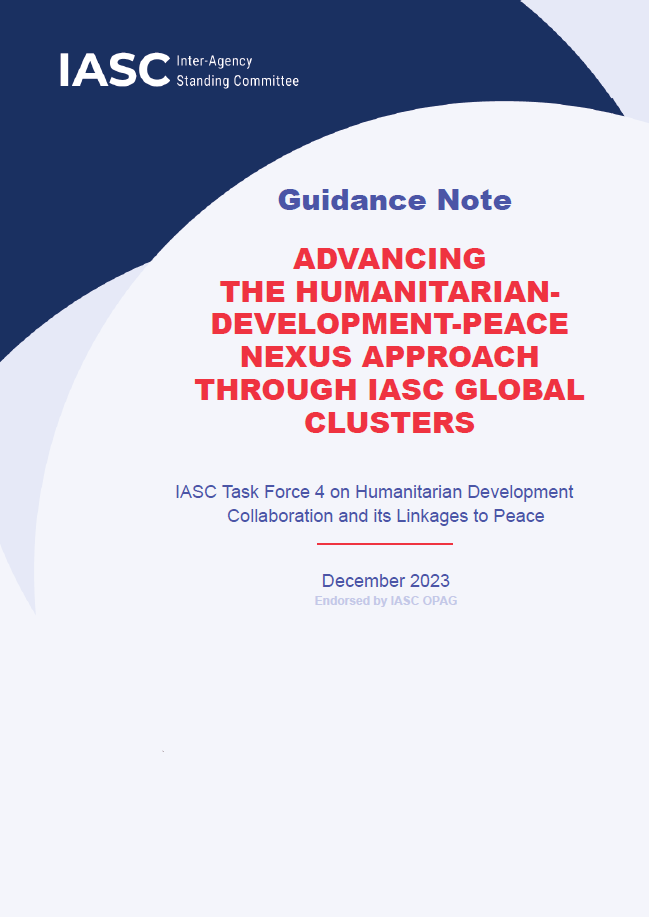
Inclusion
Persons with disabilities are estimated to represent 16 percent of the world’s population. In humanitarian contexts, they may form a much higher percentage. They are among the most marginalized people in crisis-affected communities and are disproportionately affected by conflict and emergency situations. In disasters, their mortality rate is two to four times higher than that of persons without disabilities.
In all circumstances, humanitarian actors, together with organizations of persons with disabilities, must identify and address factors that make it difficult for persons with disabilities to access assistance and protection, as well as factors that promote their inclusion and protection.
If you have questions on this subject, please contact the Accountability & Inclusion Helpdesk.
Localization
The UN Secretary-General, at the 2016 World Humanitarian Summit, highlighted the need for humanitarian response to be “as local as possible and as international as necessary”. Since then, steady progress has been made to work with local and national actors in the delivery of aid, but greater efforts are needed in terms of funding as well as more robust, meaningful participation and representation of local actors in shaping humanitarian action on the ground. Key to this is the meaningful inclusion, participation and leadership of local and national humanitarian actors in IASC humanitarian coordination structures.
Further IASC resources on localization can be found here.
Protection
While States and, in conflict situations, parties to conflict, have the primary responsibility to protect civilians in accordance with international human rights and humanitarian law, humanitarians have a crucial role to play in offering their services to help prevent and reduce protection risks and to promote respect for the rights of individuals by duty bearers.
In 2016, the IASC Policy on Protection in Humanitarian Action emphasized that protection is the responsibility of and requires the contribution of all humanitarian actors – not only protection specialists. The policy sets out the role of Humanitarian Coordinators, Humanitarian Country Teams, clusters and humanitarian organisations to identify and address protection risks in humanitarian decision-making, analysis and response, including through engagement with States and non-State parties to conflict.
Further IASC resources on protection can be found here. Dedicated guidance on protection in the HPC can be found here.
Protection from Sexual Exploitation and Abuse (PSEA)
Sexual exploitation and abuse by humanitarian workers inflicts harm on those the humanitarian community is obligated to protect and jeopardizes the credibility of all assistance agencies. Humanitarian workers are expected to always uphold the highest standards of personal and professional conduct to protect beneficiaries of assistance. From the normative to the technical level, the IASC has taken determined action to strengthen the humanitarian sector’s response with a victim-centred approach.
If you have questions on this subject or the below resources, please email ocha.psea@un.org. Further IASC resources on PSEA can be found here.
A full list of IASC thematic issues can be found here.
For general questions about the above resources, please contact ochanaras@un.org.
